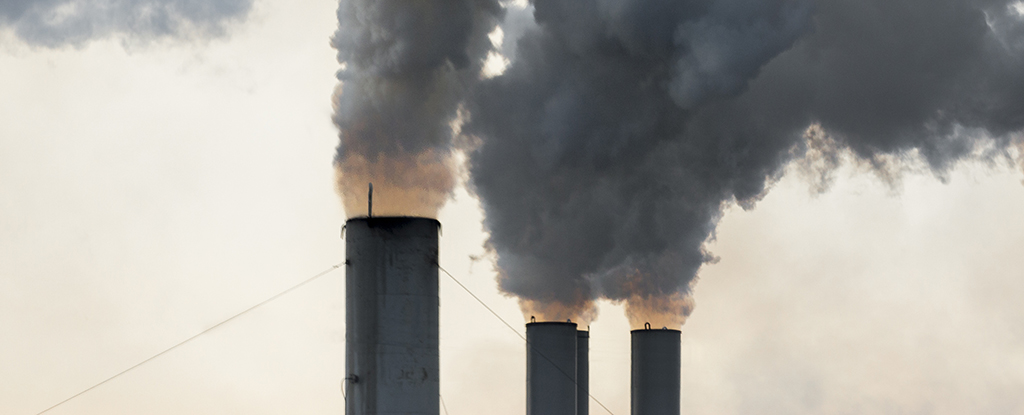
Methane concentrations in Earth's atmosphere increased at record speed over the past five years. At least two-thirds of annual methane emissions now come from human activities.

The warning signs are all there: record-breaking heat, failing health, vanishing ice sheets, and more unpredictable weather.

A large-scale study proves that trees absorb methane through their bark, with climate benefits at a global scale.

A satellite that measures methane leaks from oil and gas companies is set to start circulating the Earth 15 times a day next month.

Beneath one Arctic island's permafrost, millions of cubic meters of methane are trapped—and scientists have now learned that it can migrate beneath the cold seal of the permafrost and escape.

Finding methane in the atmosphere of WASP-80 b provides a good roadmap for how to do it for planets more conducive to life.

NASA scientists, using a tool designed to study how dust affects climate, have identified more than 50 spots around the world emitting major levels of methane, a development that could help combat the potent greenhouse gas.

Warmer oceans can lead to large amounts of methane being released from the seabeds, which may amplify climate warming.

Recently scientists have determined that no known process can be pumping out the amount of methane observed spewing from Saturn's moon Enceladus. That means it could be biological in origin.

This new tool allows you to move around the world to see how concentrations of the powerful greenhouse gas vary in space and time. Just like CO2, Methane (CH4) is increasing in the atmosphere. It is now above 1,876 ppb.

Scientists believe that immense quantities of methane are stored under Antarctica’s seafloor. They don’t know the leak’s cause, but global warming probably isn’t to blame, since the Ross Sea has not yet warmed significantly.